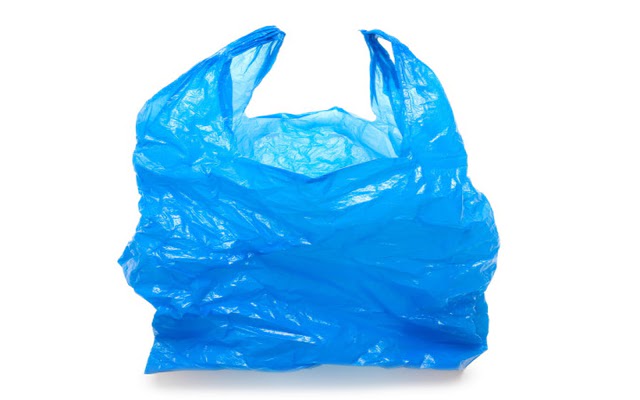
Have you ever wondered what it would be like to live hundreds of years ago? Would you have been a successful pioneer? Or are the conveniences of modern life too essential to give up?
Contemplate how everyday tasks would differ today compared to the past. Nowadays, you can purchase cereal in a bag, milk in a jug, and carry both home in a bag. After pouring your cereal and milk into a bowl, you enjoy it with a spoon and start your day off right.
However, in the past, this scene would have looked very different. There were no supermarkets like we have now. You would have made your own cereal from grains you grew yourself. Milk would have come straight from the cow and been stored in a metal or glass pitcher. Your bowl and spoon would have been made of wood or glass as well.
If you examine these two scenarios closely, you will notice that the presence of one substance greatly alters the modern experience. We are referring to plastic! From plastic bags and milk jugs to plastic bowls and spoons, the invention of plastic revolutionized the way we produce, purchase, and use many products.
The history of plastic dates back to 1862 when Alexander Parkes showcased Parkesine, his synthetic plastic made from organic cellulose, at the Great International Exhibition in London, England. Parkesine could be heated and molded into objects that would maintain their shape when cooled.
A few years later, in 1868, John Wesley Hyatt combined organic cellulose with camphor to create celluloid. Besides being a substitute for ivory in billiard balls, celluloid became popular as the material used to make the first flexible photographic film for movies and still pictures.
Further advancements in plastics followed, utilizing various other organic substances. However, it wasn’t until 1907 that the first fully-synthetic, commercially successful plastic was invented by Leo Hendrik Baekeland.
He named it Bakelite, which was much easier to pronounce than its chemical name: polyoxybenzylmethylenglycolanhydride. Bakelite was created by combining phenol with formaldehyde under heat to produce a condensation reaction that yielded the polymer resin Baekeland called Bakelite.
Prior to the invention of plastic, products were limited by the availability of natural materials (or those derived from natural materials), such as wood, metal, glass, pottery (clay), and eventually tree gums (rubber). The invention of plastics opened up a whole new world of possibilities for manufacturing. From car parts and telephones to jewelry and kitchenware, plastics took the world by storm.
The invention of plastics impacted nearly every industry. The field of medicine experienced many advancements thanks to plastics, such as vaccines and CAT scans. Even the clothing industry witnessed natural fibers competing with plastic fibers, like nylon. Other plastics became common and well-known by name, such as Dacron, Styrofoam, and vinyl.
When you look around the world today, it’s astounding to see how many things are made from plastics. As hard as it may be to imagine living in the past, it’s probably even more challenging for those who lived long ago to envision the plastic world we live in today!
Give It a Try
Are you ready to explore the wonders of plastic? Enlist the help of a friend or family member to embark on the following activities:
Exploring Everyday Materials
What kinds of materials do you come into contact with on a daily basis? Throughout the day, keep a journal of all the different materials you interact with. For instance, when you have dinner, make a note of all the items you use: metal spoons, glass cups, plastic plates, and so on. At the end of the day, count the different types of materials you encountered. How many of these items were made of plastic?
Identify five different objects that you use every day which are made of plastic. Now consider what other materials these items could be made from. Would they be more or less expensive if they were made from a different material? For example, you might use a plastic toothbrush. Can you imagine using a toothbrush made of wood, metal, or glass? How much do you think you would have to pay for a toothbrush made of wood, metal, or glass?
Do you recycle plastic in your area? Ask an adult friend or family member to help you find out about the recycling options available where you live. Consult local authorities to find out the location of the nearest recycling center. What types of items do they accept? How many different types of plastic can they recycle? Can you set up a recycling bin at home to take advantage of the opportunity to recycle these items?
Additional Resources
- http://www.chemheritage.org/discover/online-resources/conflicts-in-chemistry/the-case-of-plastics/all-history-of-plastics.aspx
- http://inventors.about.com/od/pstartinventions/a/plastics.htm
- http://science.howstuffworks.com/plastic1.htm
- http://www.scientificamerican.com/article/a-brief-history-of-plastic-world-conquest/





Leave a Reply